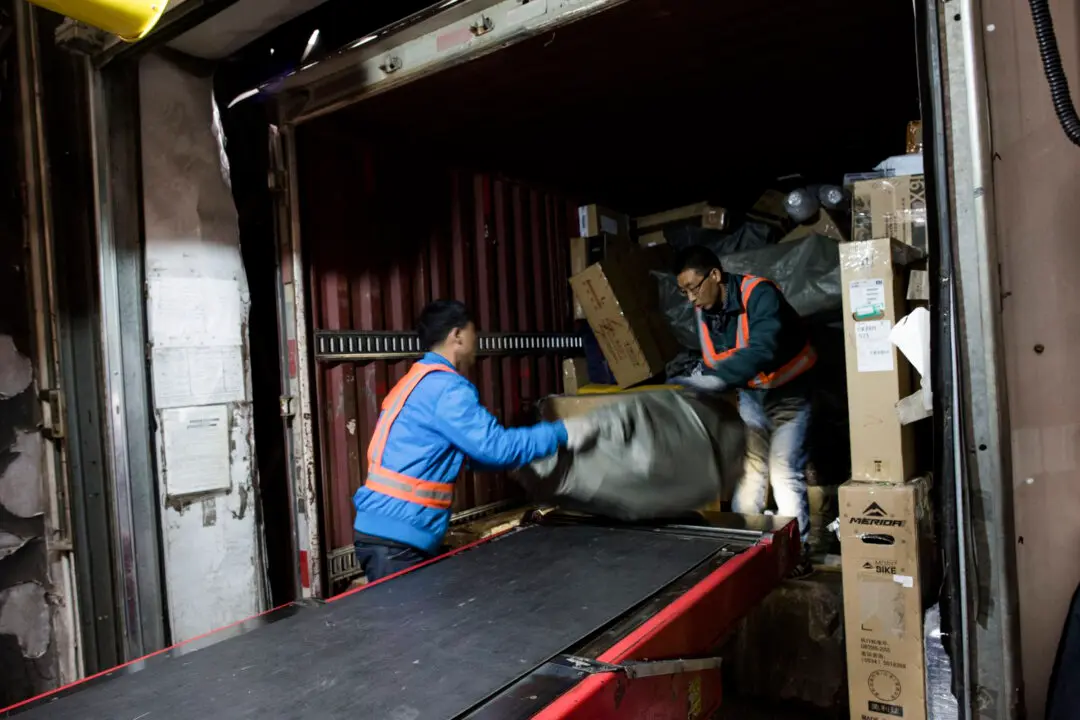Chinese internet companies are trying to develop new technologies to solve food safety problems involving pork products. Most recently, they have come up with “artificial intelligence (AI) pig raising.”
There are about 430 million farm-raised pigs in China, according to China’s National Bureau of Statistics, accounting for more than half of all farm pigs in the world.





